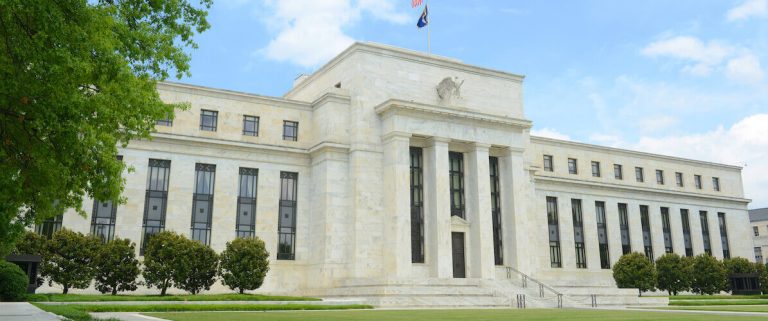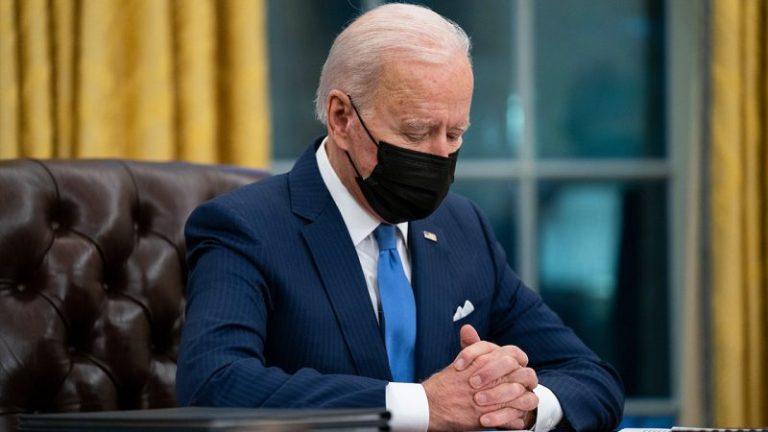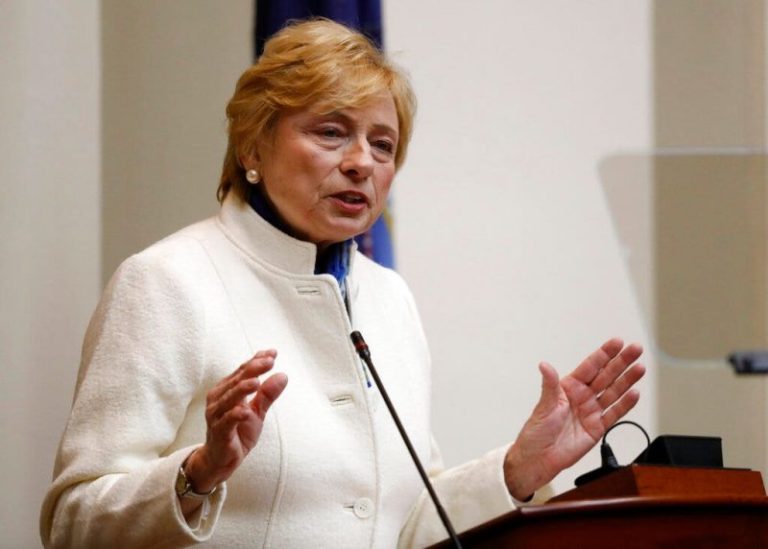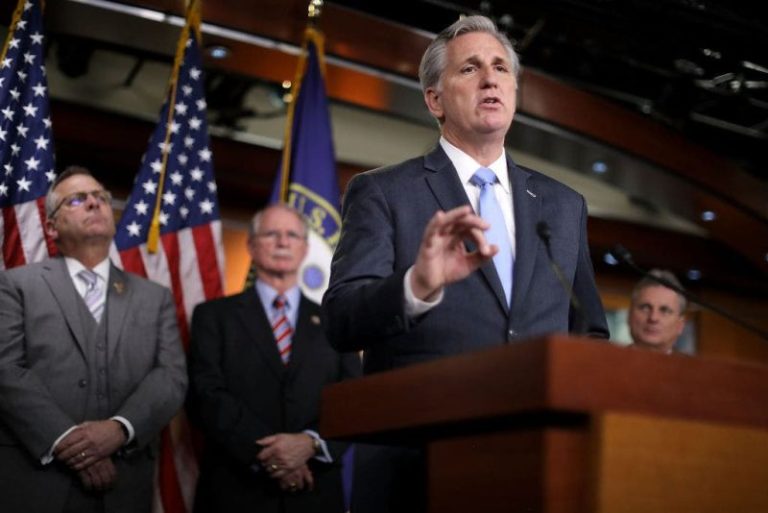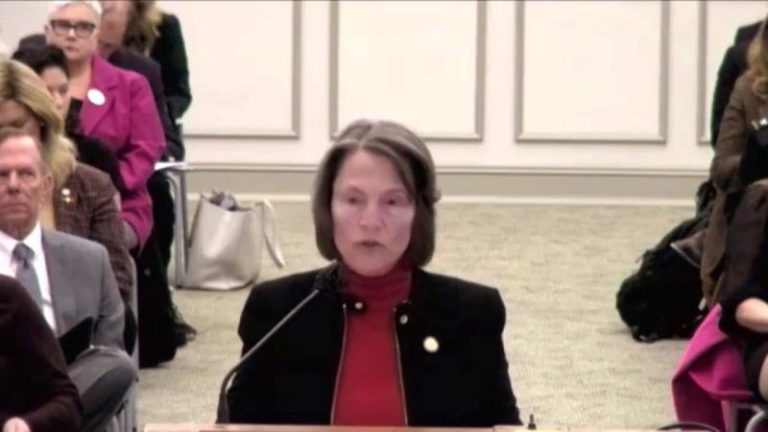Gain insight into the Fed’s interest rate decision and explore how you can strategize your trades in the future.
CHARTWATCHERS KEY POINTS
The Fed raises interest rates by 25 basis points (0.25 percentage points).Stock markets closed higher after hearing Chairman Powell’s comments.Monitoring sector performance may be the way to go in 2023.
Can the market move on and leave inflation in the rearview mirror? Not just yet. As expected, the Fed raised interest rates by 25 basis points in their February 1 meeting. This was in line with the CME FedWatch Tool expectations, which showed a 99% chance of a 25 basis point rate hike. The interest rate hike increase brings the target range to 4.50%–4.75%.
If you look at the Dot-Plot on the same website (interest rate projections), the median target range is 5.1%. That means the Fed is likely to continue raising interest rates at least in the next few meetings.
The Fed is still firm on its primary objective to bring inflation down to 2%. To reach this objective, the Fed would need to bring monetary policy to sufficiently restrictive levels. In short, we’re not there yet. The one difference this time is that the focus appears to have shifted to the extent of rate hikes versus the pace of rate hikes.
When you look out further into 2024 and beyond on the Dot Plot, you’ll see that interest rates are projected to come down. This suggests that, at some point, the Fed is likely to pivot. But, at the moment, there’s no telling when the central bank will hit the brakes on the rising cycle. The market has priced in the possibility of a 25 basis point increase in March, but it’s likely that we’ll see a few more rate hikes because inflation is still running high.
While the disinflationary process has started, the Fed will need to see the effects in the services sector, ex-housing before gaining confidence that inflation is coming down.
Before the Fed’s Announcement
Ahead of the Fed meeting, the economy seems to be in decent shape. Recent economic reports have indicated the following:
Q4 GDP rose higher than expected.Consumer Price Index (CPI), Producer Price Index (PPI), and Personal Consumption Expenditure Price Index (PCE) supported the assumption that inflation may be easing.10-year yields have eased.
In the minutes prior to the FOMC announcement, the Dow Jones Industrial Average ($INDU) was already down 332 points, the S&P 500 index ($SPX) was down 0.5%, and the tech-heavy Nasdaq Composite ($COMPQ) also fell 0.3%. After the announcement, the three indexes fell further, but then started coming back. At the close of the trading day, $INDU was up 0.02%, $SPX was up 1.05%, and $COMPQ closed higher by 2%. Overall, investors reacted positively to the Fed decision and Powell’s comments (more on this below).
One area the Fed is watching closely is the job market. The JOLTS report was strong, indicating an increase in December job openings. The January jobs report will give further insight into the tightness of the job market. The expectation is for a 190,000 increase, with the unemployment rate at 3.6%. The next round of inflationary reports will probably play a big role in informing the Fed’s monetary stance. In the meantime, let’s take a look at what the charts are showing.
The chart below looks at various data points that paint a picture of the U.S. economy (click on chart to view the live chart).
The following points surface from this chart:
Equity prices as represented by the S&P 500 index ($SPX) are rising. The $SPX is trading above its 200-day moving average. The U.S. dollar ($USD) is weakening. A weakening dollar could help exports.The CBOE Volatility Index ($VIX) is declining. After spending some time ranging between 20 and 35, the $VIX is now hanging out below the 20 levels. High-yield corporate bonds are trending higher. Some of these bonds are yielding higher than 7%. When high-yield bonds are on the rise, it suggests that business borrowing conditions are easing.Mortgage rates have been declining since November, although we have yet to see home sales increase.
Powell’s Words: How Did the Market React?
The Fed is strongly committed to bringing inflation down to its 2% goal. That means ongoing interest rate increases, achieving price stability, and a significant reduction of its balance sheet. Although economic growth has slowed down due to restrictive monetary policy, the labor market remains extremely tight. The labor market is out of balance—wage growth is high and job gains are robust, but the labor force participation hasn’t changed much from a year ago.
While acknowledging the dangers of over-tightening, the Fed believes the risk of implementing too-loose a policy that proves ineffective over time may be greater than implementing a restrictive stance that yields subdued economic growth.
What Does This Mean for Your Portfolio?
“Don’t bet against the Fed” is the best course of action to take. Some economists believe the U.S. economy may experience a “rolling recession” in 2023. This is a kind of recession that hits sectors at different times (hence, “rolling”) versus hitting all sectors simultaneously. A few economists believe we’re already in one. We’ve seen layoffs in the Tech sector, weaker earnings reports, and a slowdown in the housing market. Yet inflation is cooling, the economy is still growing, and the job market is still strong.
Housing and manufacturing may be some industries to keep an eye on. And don’t rule out global markets, especially emerging markets. The markets are dynamic, and things can change on a dime. Fortunately, the Relative Rotation Graphs (RRG) in your StockCharts platform provide a visual overview of which sectors are leading, improving, lagging, or weakening by analyzing their relative strength and momentum. You can look at the performance of different groups of stocks using different time frames. The chart below displays the RRG of the 11 S&P sectors.
Want to explore the RRG tool? Check out the video below.
Jayanthi Gopalakrishnan
Director, Site Content
StockCharts.com
Disclaimer: This blog is for educational purposes only and should not be construed as financial advice. The ideas and strategies should never be used without first assessing your own personal and financial situation, or without consulting a financial professional.

